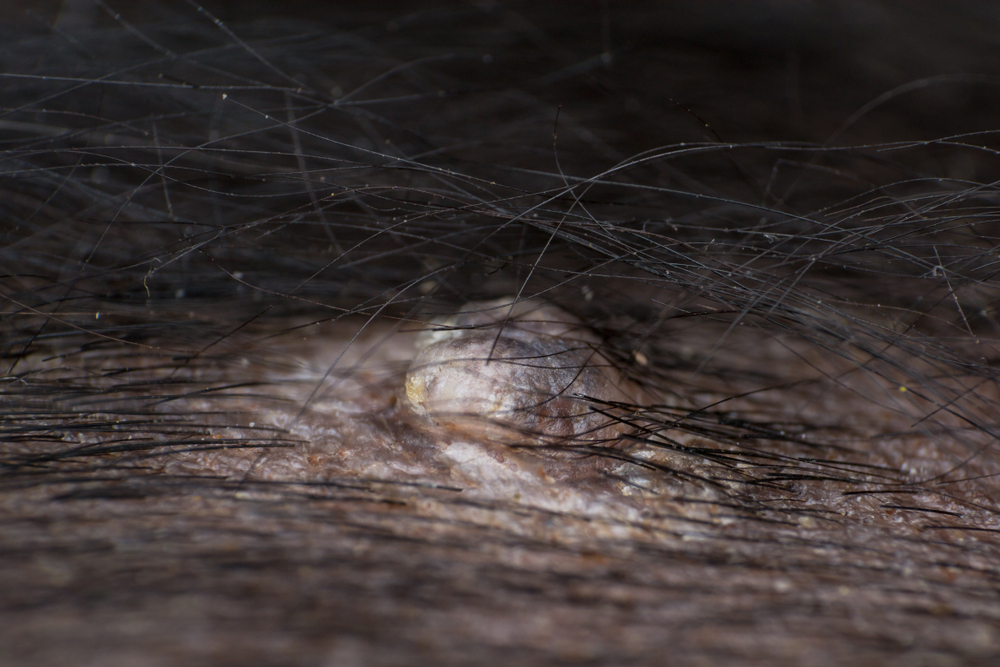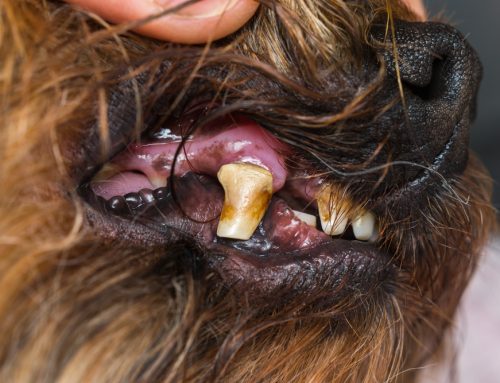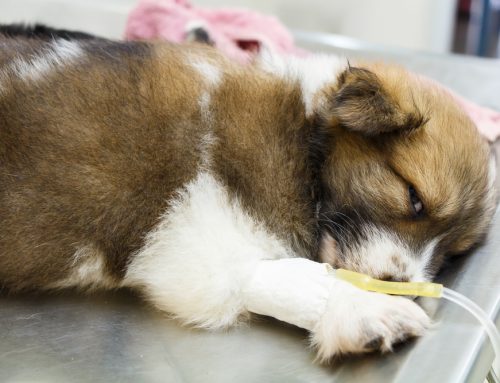While most lumps and bumps that affect pets are benign, some can be serious malignant growths. The only way to tell the difference is with a veterinary check up. Our team at Boca Midtowne Animal Hospital would like to provide information about lumps and bumps that could affect your pet.
Benign pet lumps and bumps
Benign growths do not have the ability to invade other tissues, or spread to other organs. They are typically not concerning unless they grow too large, or restrict your pet’s movement or breathing. They can also cause problems if your pet irritates the area by scratching or biting. Benign lesions include:
- Lipomas — These subcutaneous fatty masses develop commonly in dogs, but rarely in cats. They typically present as soft, somewhat mobile bumps under the pet’s skin. Small lesions are not concerning, but the masses can rapidly grow, interfering with the pet’s movement, breathing, or other body functions. Middle-aged and older dogs are more commonly affected, and Labrador retrievers, weimaraners, and Doberman pinschers are predisposed breeds.
- Granulomas — Chronic infection or inflammation can lead to a granuloma formation. These are solid masses inside the skin made of inflammatory cells, connective tissue, and blood vessels. Cats are at particular risk for developing eosinophilic granuloma complex, which is triggered by allergies, bacterial infections, or genetics.
- Warts — Warts are caused by a papillomavirus, and appear as small skin tags, or small lumps. Usually found on the head and face, they are more commonly seen in young pets, geriatric pets, and those with a compromised immune system.
- Basal cell tumors — These small, firm masses are the most common skin tumor in middle-aged to older cats. They are usually found on the head and neck, and Siamese, Persians, and Himalayans are predisposed.
- Sebaceous adenomas — These sebaceous gland tumors appear as multiple wart-like growths. They are commonly seen in cats, and in dog breeds that include the poodle, Maltese, and bichon frise.
- Cysts — A blocked sebaceous gland can cause a cyst to form, resulting in a hard swelling that contains liquid or a thick, creamy matter. These lesions can become infected if your pet scratches or bites the area frequently.
Malignant pet lumps and bumps
Malignant growths can spread throughout the body and cause damage to other tissues and organs. They can spread by local growth, destroying adjacent tissues, or by metastasis, invading organs such as the liver, lungs, kidneys, brain and bones. Malignant tumors include:
- Mast cell tumors (MCT) — These masses can occur alone, or as multiple tumors. They are the most common skin tumor found in dogs, and the second-most common in cats. In cats, they are usually found on the head and neck, but in dogs, they typically are seen on the trunk. MCTs can spread and affect other organs, including the lymph nodes, spleen, and liver.
- Squamous cell carcinoma (SCC) — These skin cell tumors are found on unpigmented or hairless areas, such as the eyelids, ears, vulva, lips, and nose. Commonly affecting cats, SCC lesions appear as raised, crusty sores.
- Mammary gland carcinoma — The American Animal Hospital Association (AAHA) says these malignancies are the most common tumors in unspayed female dogs. They initially appear as a small nodule around the dog’s nipple, but can quickly grow, becoming a large, ulcerated tumor.
- Fibrosarcoma — These connective tissue tumors present as a firm mass growing under the skin, are locally invasive, and tend to be aggressive. Cats may develop these tumors at previous injection sites.
Diagnosing pet lumps and bumps
Growths found on pets cannot be diagnosed by observation alone. A fine needle aspirate is the most common diagnostic test used to determine whether a mass is benign or malignant. This test involves removing fluid or cells from the growth, and evaluating the material under a microscope. A pathologist can frequently determine the mass type. However, this procedure is not always definitive, and a surgical biopsy may be necessary. This procedure can also be curative. Other tests, such as bloodwork and X-rays, may also be necessary to determine if your pet’s growth has invaded other tissues or organs.
Did you know that we can now get a pathology report from a lump or bump in your pet in just minutes? Click here to watch Dr. Man explain the latest technology now available for your pet!
Treating pet lumps and bumps

Based on the lump’s type, location, size, and ability to metastasize, our veterinary professionals will determine the best treatment approach for your pet. Options include:
- Lumpectomy — Benign and early malignant lesions can be surgically removed. A large incision may be necessary, to ensure all affected tissue is removed.
- Debulking — Lesions that are too large or in a precarious location can be partially removed.
- Cryosurgery — Extreme cold, in the form of liquid nitrogen, can be used to remove superficial, benign skin lesions.
- Radiation therapy — High energy radiation can be used to shrink or kill cells in malignant lesions that cannot be surgically removed, or as an adjunct therapy to clean up remaining cells.
- Chemotherapy — Medications that shrink or kill cells in malignant lesions are used frequently as an adjunct therapy to surgery and radiation treatment.
If you find a lump or bump on your pet, having the growth investigated by our veterinary professionals is the best way to catch a problematic issue as soon as possible. Contact our Fear Free team at Boca Midtowne Animal Hospital, as soon as you find a skin lesion on your pet.







Leave A Comment